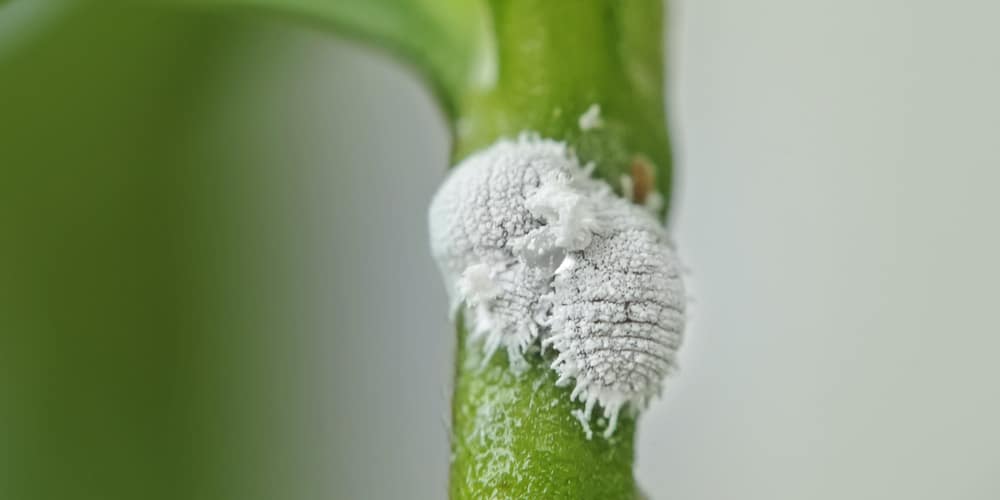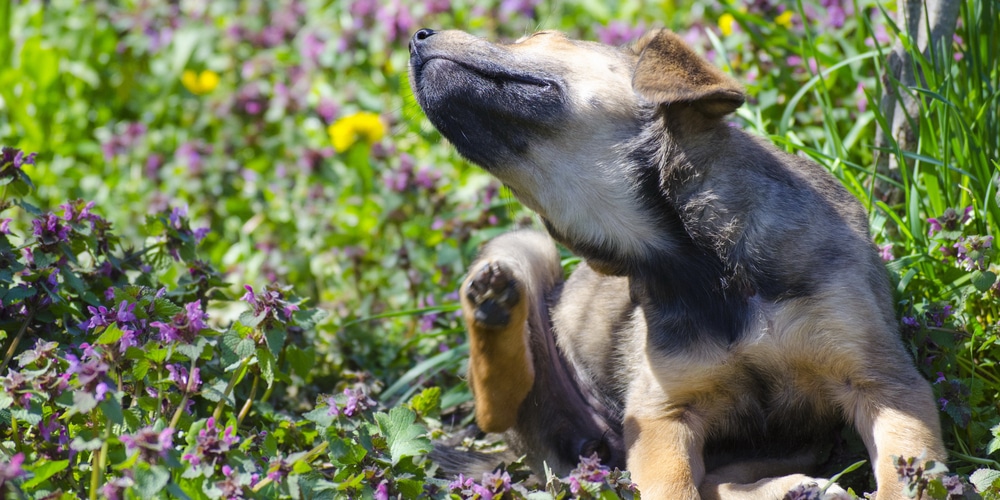Mealybugs are often found in yards and on houseplants. These pests will suck plant juices from a variety of ornamental plants and trees. They can affect the health of your plants, but are mealybugs harmful to humans?
Mealybugs attack plants but can’t directly harm humans as they don’t bite or sting. That being said, there have been rare cases where mealybugs have spread bacterial or viral infections to humans, which in the worse cases could possibly be fatal. Let’s look at the dangers mealybugs pose to humans.
What dangers do Mealybugs pose to humans?
Mealybugs are not dangerous as they don’t bite, but they can spread bacteria. They produce a substance called honeydew as they feed on plants. The honeydew is left on the plant’s leaves and can cause a fungus called sooty mold to grow, which can be harmful to humans in large quantities. The presence of mold in the home can cause respiratory issues, particularly in young children and the elderly.
Mealybugs are more likely to cause damage to your plants; this will typically only affect the plant itself and won’t hurt you or your family members. They will not sting or attack humans. As long as you take steps to get rid of mealybugs, as soon as you notice their presence, they won’t affect your family.
Mealybugs can be harmful to humans in other ways; an infestation of mealybugs could wipe out a crop and affect a farmer’s livelihood. In most cases, mealybugs are more annoying than harmful as they can reproduce very quickly and infest a plant. A female mealybug will lay 600 eggs at a time.
Mealybugs can attract other insects such as ants that will feed on the eggs; these pose more risk to humans as they can sting. If you have an infestation of mealybugs on your house plant, it’s best to put it in quarantine so that other plants aren’t affected. When mealybugs infest your yard, there’s a danger that they will attract stinging ants. Keep pets and young children away from the area, or they may be affected.
What risks do Mealybugs pose to pets?
Pets such as cats and dogs are not at risk for any harm from this type of pest. They can eat the bugs with no issues or simply avoid them since they are typically only found hiding underneath the leaves of plants.
Many common house plants are toxic to pets, such as peace lilies, alliums, oleander, philodendron, yews, and poinsettias. If your cat or dog is suffering from symptoms, it may be because they’ve consumed a piece of a toxic plant rather than eaten mealybugs. You should seek veterinary attention immediately.
What problems do Mealybugs cause?
Mealybugs can cause several issues for plant owners, which is why eradication is so important. Leaves will begin to curl and turn brown as a result of the feeding process. They also emit a sweet substance called honeydew. This chemical attracts ants and encourages the growth of sooty mold, which is extremely unsightly. The plant itself can wither and die as a result of the mealybug’s feeding process.
They are very common on jade and orchids.
What can you do?
To rid your houseplant of these pesky pests, you must first identify if they are mealybugs or not. Mealybugs will have a cottony appearance and tend to be found in the joints of plants near the soil line. Next, check your plants carefully for any signs of withering to help determine where precisely these bugs are nesting. Finally, use insecticidal soap to kill off any visible mealybugs and their eggs. Be sure to treat the entire plant.
If you have a greenhouse or garden, ensure that you thoroughly clean your tools to prevent spreading them from one location to another.
Conclusion: Mealybugs are Not Harmful to Humans
Mealybugs are a common pest among plant owners but pose no threat to humans or pets. They can cause soot mold to grow and attract ants which could pose more of a problem.
Insecticidal soap is an effective way to kill mealybugs and their eggs when mixed with water before being sprayed on the affected plant. With a few simple steps, you can help ensure that your plants are pest-free and healthy!

